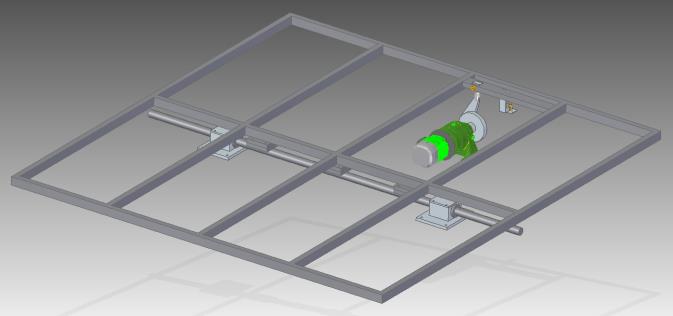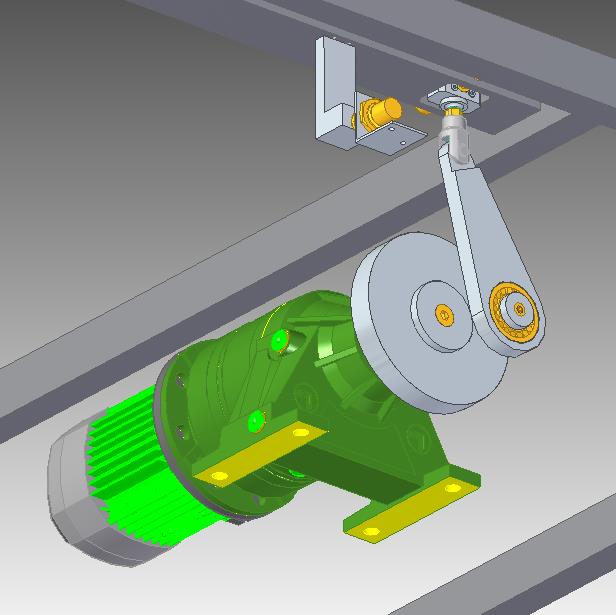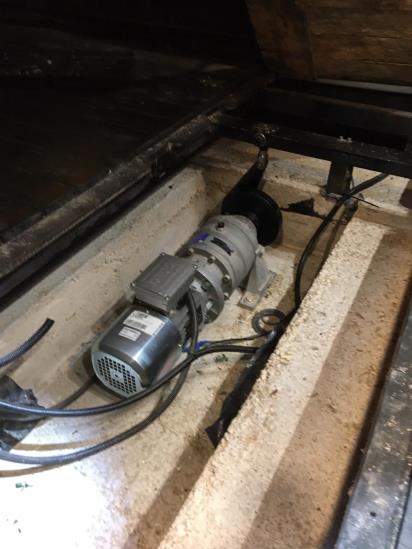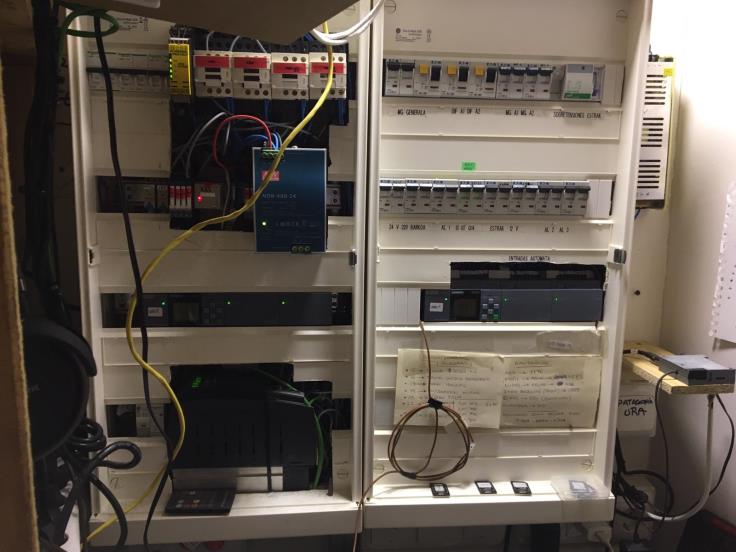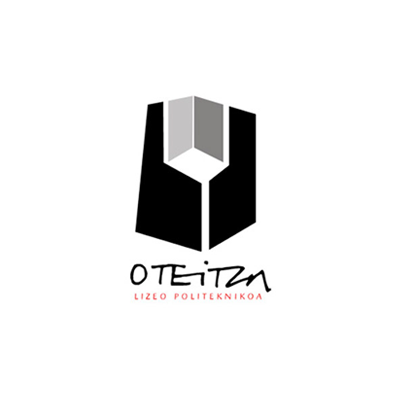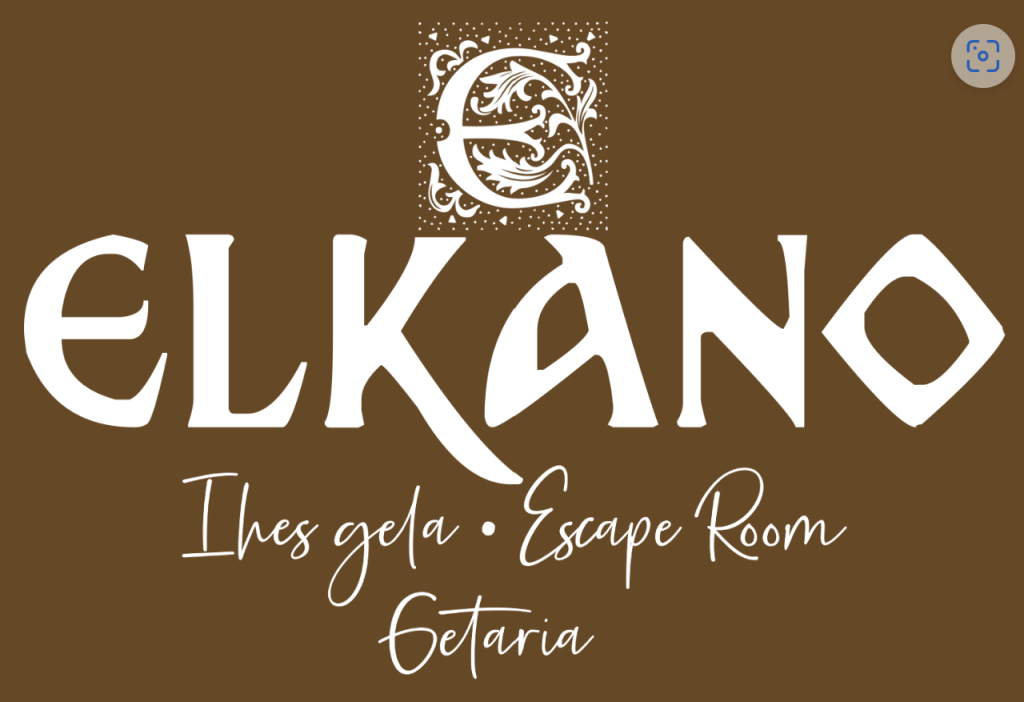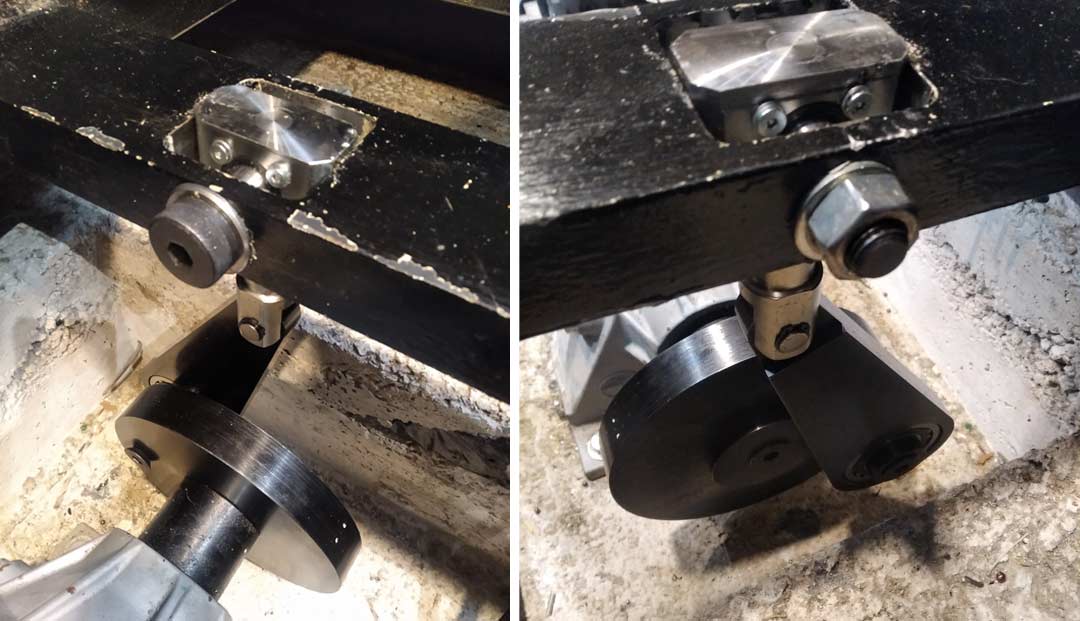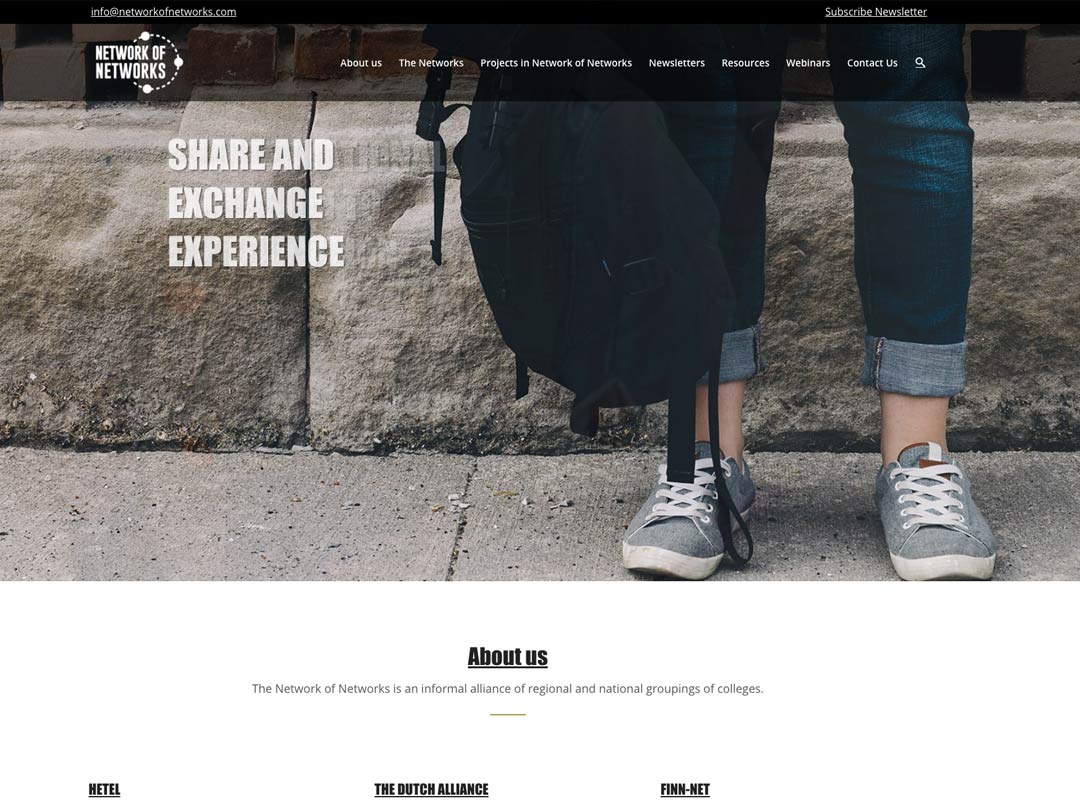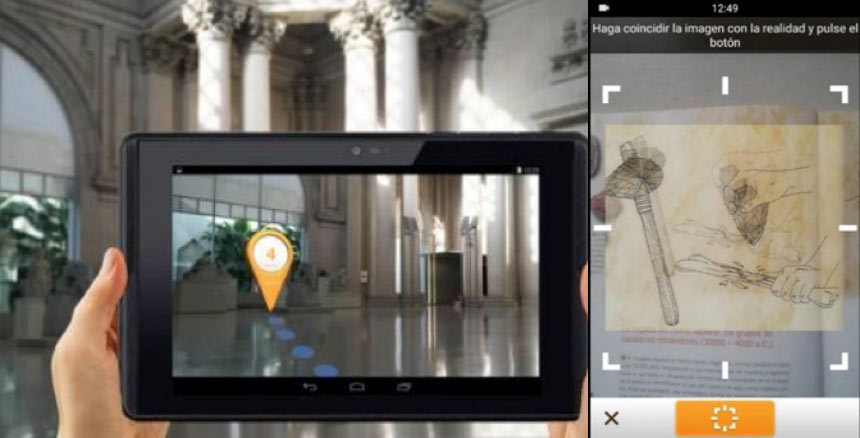- Duration: 6 months
- Year: 2019
- Participants: TINOLA2015 S.L. + OTEITZA
- E-commerce, hospitality and tourism
Project objectives
The company TINOLA2015 S.L. is responsible for disseminating the relationship between the sea of the Basque Country and local culture, creating technologically based spaces using domotic systems.
To this end, it has contacted the Oteitza Polytechnic Lyceum asking for help in the creation of a new space. In this new space installed in Getaria, the centre has had to synchronise and automate a movement simulator and elements of its environment.
In order for the attendees to be able to live the experience, a simulator boat has been created, for which a mobile structure with a displacement capacity of 600 kg has had to be created first. Subsequently, by means of the impulse of a motor reducer and the use of the type of crank-crank transmission, the whole system has been given movement and, in order to be able to control it, 2 detection sensors have been attached to it. Finally, it has been synchronised with the whole cultural space, for which 2 automatons and a ‘raspberry pi’ have been used.
In addition, a map has been developed that works together with the movement simulator and its lighting, all integrated with the rest of the technology of the cultural centre.
First of all, force and deformation calculations were carried out using finite element analysis. Subsequently, each element was manufactured and the appropriate assembly strategy was devised for assembly in an enclosed space accessible through a 1.2x1m door, which meant that the welding work had to be carried out in the Getaria cultural centre itself.
Once the assembly was complete, the domotisation system was developed, putting the entire cultural space in contact with the simulator. To do this, an area called the control room was created, which was located 10 m away from the boat and in which all the elements used for the ‘raspberry pi’, automaton and domotics were placed.
Tasks performed
- Define the requirements that the simulator must meet: different speeds defining the frequency of movements and the maximum number of users inside.
- Calculate the maximum deformations with the maximum resistances and loads of the materials by calculating finite elements.
- Dimension the pillars, supports and transmission elements of the structure.
- Manufacture and assemble all the elements together with the automation programming.
- Perform the incorporation of sensors to integrate the entire system with local home automation and develop synchronization between all elements.
Finally, the simulator has been applied the styling of a cultural and tourist element, totally covering the interior mechanism.
This last phase has been carried out so that maintenance and repair work can be carried out for future breakdowns.
